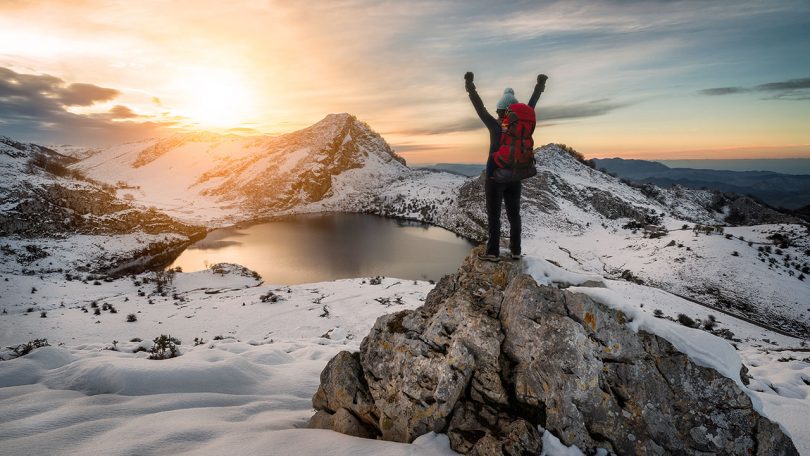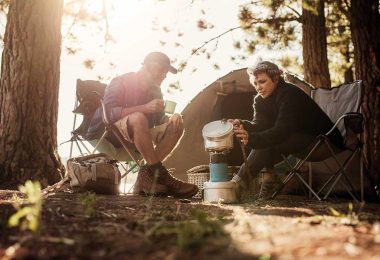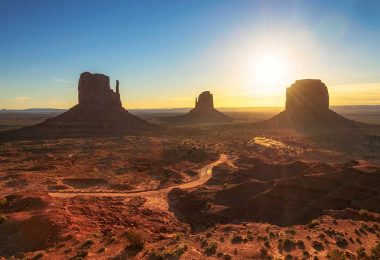They’re really missing out, in our honest opinion, but in another way, it makes it all the more special for the rest of us, who do find ourselves standing at the foot of some massive, dormant volcano, or paddling a canoe through a valley so deep, you might be forgiven for thinking that you’d left the modern world behind entirely and that a Viking war ship might round the bend at any minute.
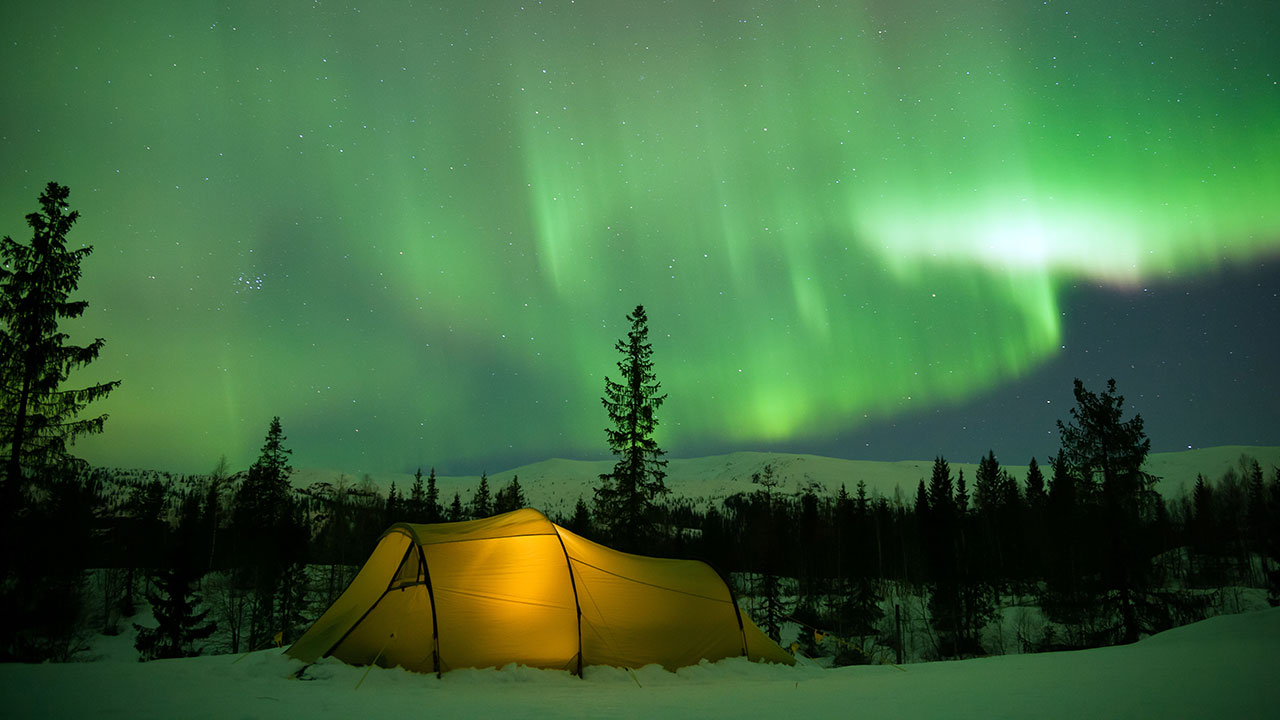
Camping in Scandinavia
The Nordics and Scandinavia are beautiful, more than beautiful, breathtaking in their openness, clarity and ability to make you feel so damn small. And that’s a good thing, because when you get out there, when you realise your true place in the grand scheme, it makes it very easy to sit back, relax and allow the icy waters to carry you wherever they were planning on going.
Adhering to a strict, but scout’s honour code of ‘leave no trace’, the rules of wild camping in Norway, Sweden, Finland and Iceland, are a little more relaxed than they are in the United Kingdom, although you’ll still need to be careful not to camp too close to any paths. Respect the signage, and never camp on someone’s land without seeking permission first. We’ll go into the dos and don’ts of wild camping in Scandinavia in a bit, but for now, let’s take a look at why in the world you’d want to go wild camping in the first place, especially in bunch of countries known for their brutal cold weather.
Why Go Wild Camping in Scandinavia in the First Place?
Times right now aren’t as bad financially as they were during the recent recession, and people can afford to fly to places, and maybe stay in a decent enough hotel, or at least a hostel. But, with the rise of eco-tourism, choosing to leave as small of a trace as possible during a getaway has become somewhat of a trend. Whether it’s down to testing yourself against the elements, or it’s born from a genuine want to explore, but to still minimise impact on the environment, wild camping is a great way of seeing the outdoors, with the freedom to come and go as you please. It’s free, both in terms of what it costs to pitch up (which is nothing), and in terms of freedom, and where you can go, where you can set up camp for the night.
In the Nordics and Scandinavia, in the wilds of Sweden, Norway, Finland and Iceland, it’s generally, if informally encouraged to set up camp along your route, and as long as you’re respectful of the environment, you’ll have virtually nobody to come and tell you that it’s time to be moving on.
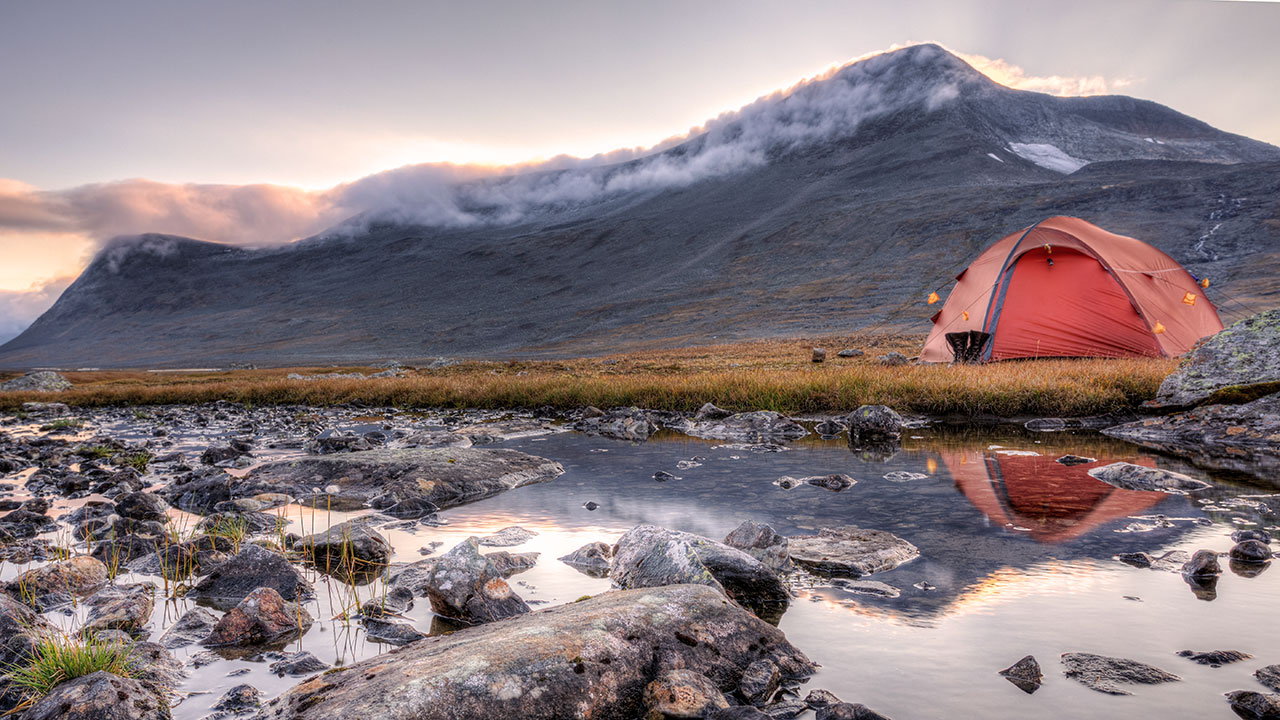
Wild camping is the perfect way to experience the real essence of camping, and wild camping in Scandinavia in the far north provides the ideal opportunity to test out all of the new equipment you’ve got. How warm actually is that expensive sleeping bag?
There is, by the way, nothing wrong at all with staying in a hotel or hostel in any of the countries we’re talking about. The facilities are usually always of a high standard, and in our experience, the people we’ve met have always been incredibly helpful and kind. That said, we’re always going to prefer to take our gear on the trail, and to set up camp somewhere in the view of a towering mountain, waterfall, valley or woodland. And, with that in mind, before we dive into what each of the Nordic and Scandinavian countries has to offer the eager ecotourist on the lookout for adventure, here are Camping Things’ top 10 tips for wild camping:
Top 10 Tips for Wild Camping in Scandinavia
Bring plenty of layers
Get a windproof tent and layer up
The last thing you want when pitching your tent and climbing inside for the night, is to realise that it doesn’t keep the wind out. There’s nothing worse than trying to catch some sleep while being slowly frozen by an arctic chill. To the same end, it pays to layer up. Most good hiking gear these days comes with technology that allows sweat to wick away, while retaining body heat. The more advanced layers you can pile on, the less likely it is that heat will escape.
Cook using biofuel
Our favourite way to cook outdoors by far, is with biofuel, which is the fancy name for wood, twigs and leaves. Check out our guide to BioLite burners on Camping Things.
Don’t stray too far
We’re talking about wild camping, but parts of the frozen north really are pretty wild, and if you’re at all inexperienced with being in the real great outdoors, you could find yourself in a bit of a spot if the weather turns, or your get injured.
Talk to the locals
Learn a few phrases, simple greetings, easy questions, directions and how to say ‘please’ and ‘thank you’. If you’re near any of the towns and cities, chances are someone speaks English, but it’s always polite to start the conversation in the native tongue.
Be considerate
This one’s a no-brainer, but always be mindful of who and what is around you when you’re out wild camping. Other people are there for exactly the same reasons as you are, and they won’t appreciate having to walk around your campsite to get to where they’re going. It’s probably best to avoid loud and rawkus parties, too, not just because you might disturb other campers, but there’s a lot of wildlife out there that you don’t know about.
Starting open fires
Generally, it’s best to avoid starting open fires if you have the means to heat with a bio burner, but, if you are going to start a fire, make sure it doesn’t spread, and minimise the damage it does.
Bring a good torch
Its dark out there and during the winter months there can be as little as three hours of sunlight, conversely in the summer it can be light all day. Be prepared Camping Things has reviewed a good selection of lights, and lanterns
Leave no trace
The ‘leave no trace’ motto is one we should all adhere to. It’s pretty simple, just leave as little a trace as possible of you ever having been there.
Enjoy the views
That’s what you’re there for.
What the Nordics and Scandinavia Have to Offer
Honestly, even around the major cities of Sweden, Norway, Finland and Iceland, it’s easy to see why these are considered some of the most jaw-dropping areas of natural beauty the planet has to offer. Wide open spaces, towering mountains and valleys forged by millions of years of clear, running glacial water, there’s nothing more refreshing than the purity of being outside with everything right there for you to explore. We recommend flying to a major city, or to some smaller town with an airport, and then getting hold of a car to make your journey into the wild. Leave the car somewhere safe, then head off, making sure to tell someone who can help, where you’re going.
Which should you choose? You’re assured an awesome time whichever one of these you pick, and our list is in no particular order.
Wild Camping in Finland
Without doubt, Finland is the least explored of the countries in our selection, but year-round, it provides some of the most stunning sites and opportunities for wild camping. Plenty of open space, and land which is highly respected by the Finns, make this an incredibly wild and exciting place to explore.
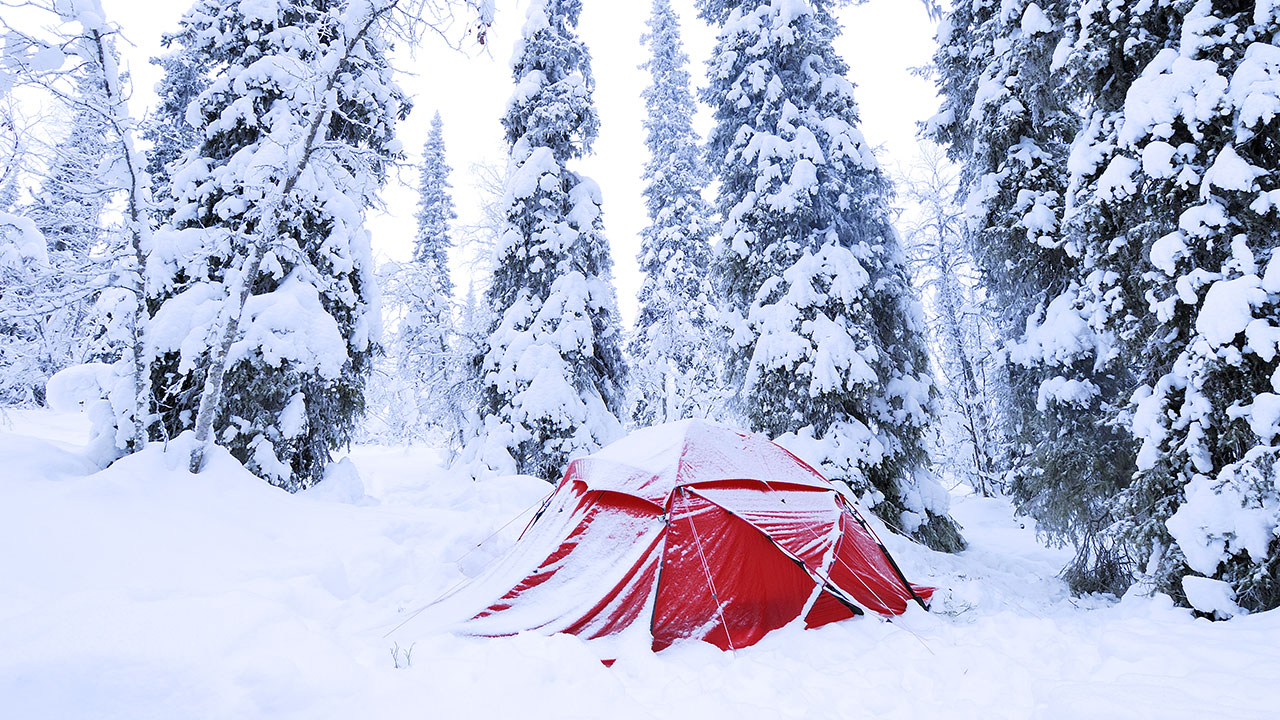
If you’re not familiar with wild camping, Finland is both a great place to get stuck in, and a huge challenge. You’ll find few of the comforts you might expect from many other ‘wild’ camping trails. In Finland, you’re very much on your own, which is great if you know what you’re doing.
In our opinion, the winter time is the best time to see Finland in all its glory, but like all of the other countries listed here, Finland is beautiful year-round, and is a completely different experience in the spring and summer.
Get out there, and you could be in for a treat, too, in the hypnotising shapes of the Northern Lights. Not as bright in Finland as they are in Norway or Iceland, but still plenty visible from most of the remoter places in the country.
Wild Camping in Sweden
With over 97,000 lakes, as well as mountains, valleys and great, untouched expanses, there’s more to Sweden than Ikea. Probably one of the more touristy of the Scandinavian countries, but without losing its wilderness, Sweden is great for cycling, hiking, camping and wild camping.
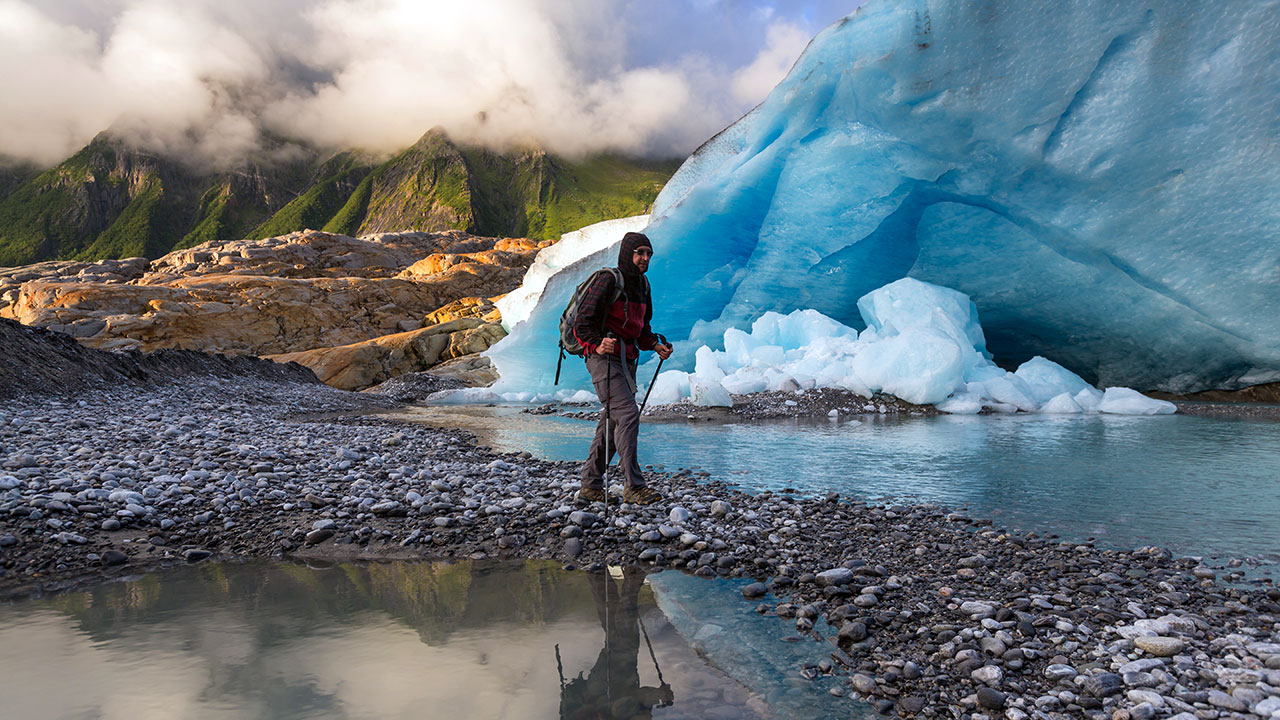
Speaking of wild camping, Sweden generally adheres to the idea of ‘Every Man’s Right’, which gives all wild campers the right to go and do as they please, as long as they’re not damaging the environment, interfering with anyone else’s good time, or trespassing on someone’s land. There’s a great feeling of freedom and relaxation to wild camping and hiking in Sweden. The people who make the effort to go there, are there because they’re looking for a real outdoors experience, and if you’re planning on joining them, it pays to bear in mind that acting like a responsible adult is a must. That said, trying to contain yourself when you see the sights Sweden has to offer is a big ask.
Wild camping in Sweden is an experience not to be passed up if you have the opportunity. You don’t need to stray too far from the big cities, either. Some major tour operators will even get you where you need to be, and then leave you to it, so that you can go off and explore on your own.
Wild Camping in Norway
What would you like to do today? That’s the question you’re likely to be asking each other once you arrive on the scene in the wilds of Norway. Fishing, kayaking, horse riding, whatever you feel like doing, even if you are wild camping, the amenities to try all of these cool activities are just a stone’s throw from some of the most popular wild camping areas the country has to offer.
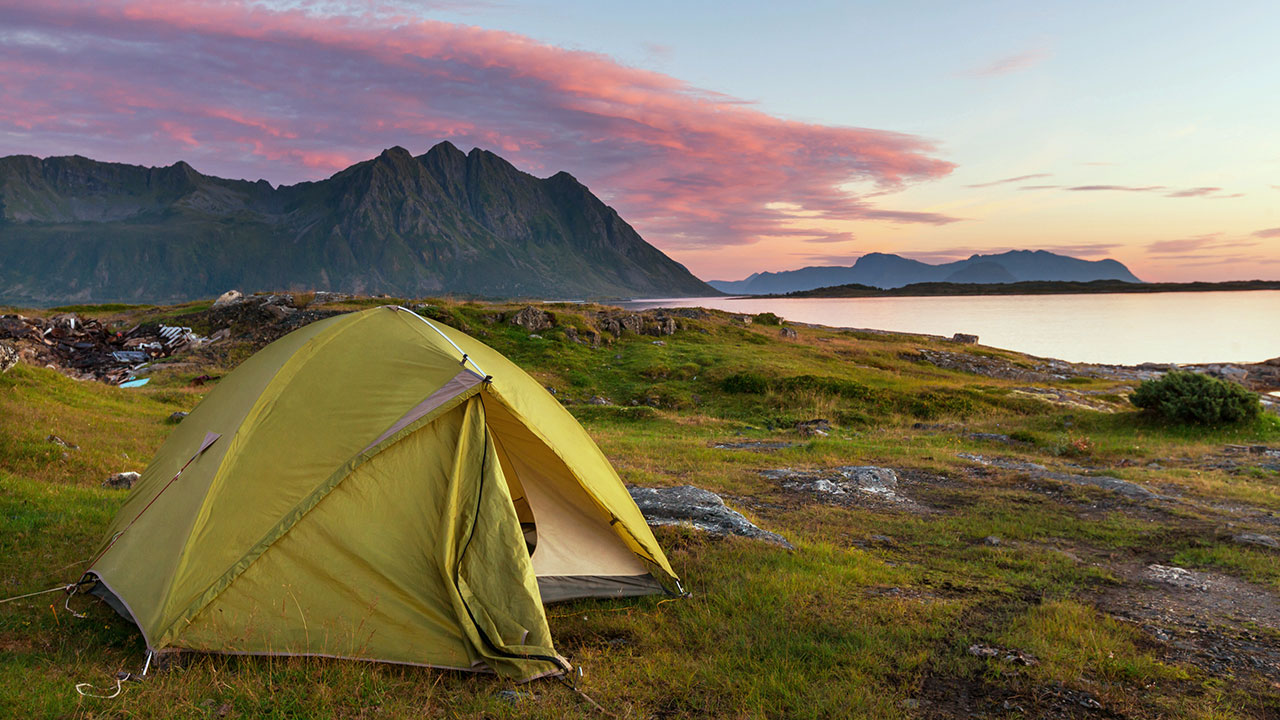
Kayaking is highly recommended, as it’ll give you the opportunity to see the country from a totally cool angle. As you cruise down through one of Norway’s many valleys, you’ll be looking at some of the wildest scenery on the planet, with mountains and fjords on all sides, there’s always something to captivate and amaze.
Wild camping in Norway is encouraged, too, with hikers welcome to set up pretty much anywhere, as long as they’re responsible. If you’re planning on staying longer than 24 hours, and you know that you’re on someone’s land (unlikely, but check), then see if you can get permission.
Wild Camping in Iceland
The flight time is a little longer, but man is it worth it. Iceland might be our favourite of the Nordic countries for both sights and wild camping. The best way to see Iceland is via car. Simply hire one and take the main road out of Reykjavik, following it either to the south coast, or our towards the peninsula, where you’ll find villages dotted along the way, as well a landscape which looks positively alien.
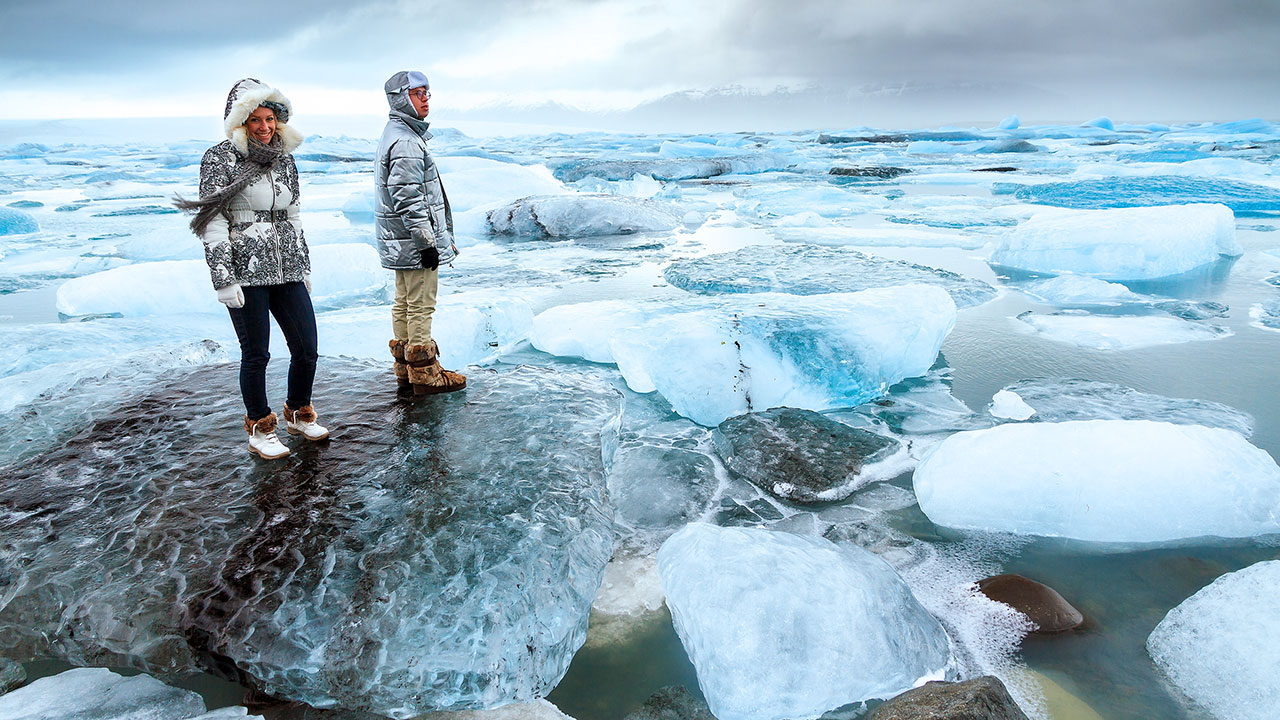
Always be sure to tell your tour guide, someone in town, or friends where you’re going, which direction and where you’re planning to stop, and then just relax and enjoy the natural beauty of Iceland.
Iceland is another one of those countries which offers a totally different experience, depending on whether you choose to go there in the summer or the winter. In the summer, the surrounding expanses are covered in earthy tones and the open air is never scorchingly hot, but it does get pleasantly warm. Summer in Iceland is a great time to go hiking, less perilous on the old slopes, for sure, and if you’re not used to battering winds and brittle cold, then tackling Iceland in the winter as part of your wild camping excursion probably isn’t the wisest idea.
In the winter, as we’ve just mentioned, Iceland is both stunning and brutal. They don’t call Iceland the land of ice and fire for nothing. With plenty of active volcanoes, you’ll see bubbling hot springs all over the place, as well as waterfalls, geysers, and long-dormant, but still formidable volcanoes, which cry out to be climbed.
You don’t need to venture too far from the main road to have a legitimate adventure, either. If you’re not comfortable getting truly lost in the wilderness, there are plenty of opportunities just off the main driving road where you can find solitude and your own piece of the real great outdoors.
Just remember that, as with all the other Nordic and Scandinavian countries, a policy of ‘leave no trace’ is in place, to help preserve the sanctitude and natural beauty of one of the most unspoiled, inhabited islands in the world.
Tips for Seeing the Northern Lights
Seeing the Northern Lights on your wild camping trip up north isn’t a given, but it is entirely possible. You’ll need the right weather conditions to be able to see through the clouds, and you’ll need to be far enough away from the city lights to be able to fully appreciate them.
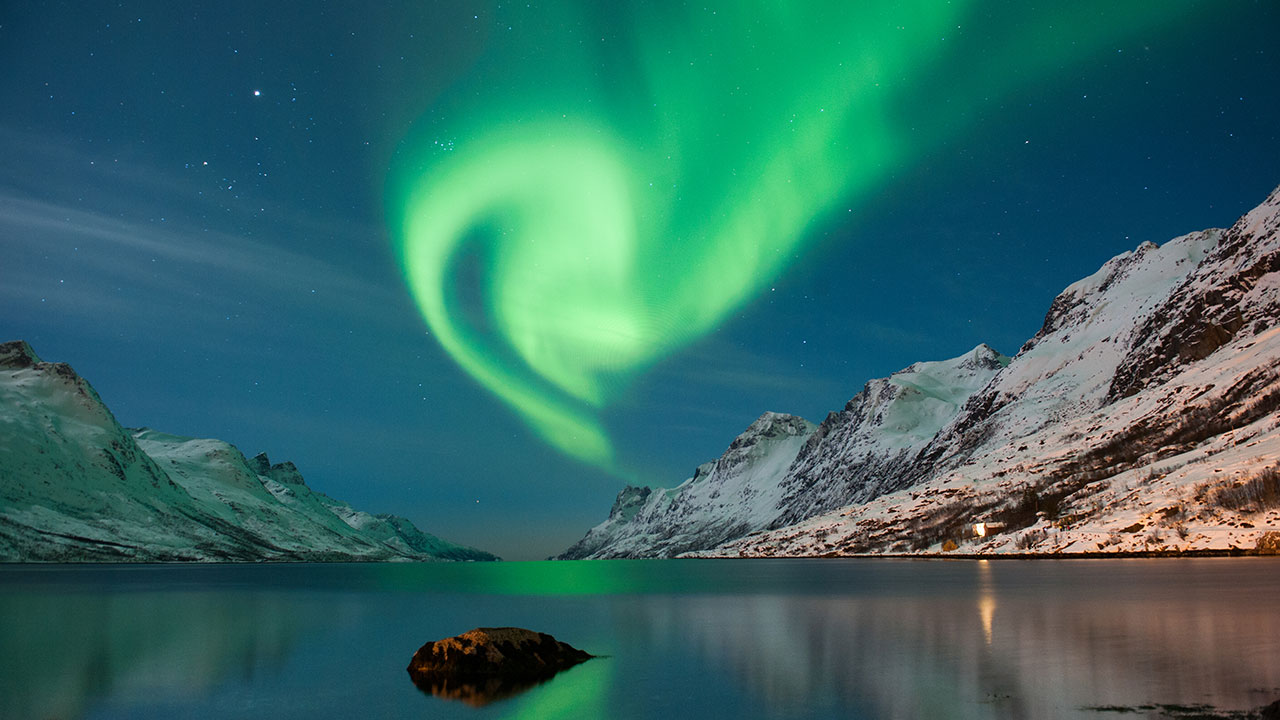
Even bright camping lights can interfere with your experience, and to give yourself the very best chance of seeing this natural wonder, it’s best to go as far north as possible. Other than that, there’s not much more you can do but turn off the lights, tilt your head up and wait. Nature cares not how far you came to see this, so don’t be sour if you don’t see the lights, but if you do, enjoy every second. Wild camping, of course, is by far the best way to get right out there and see the Northern Lights, and if you want our advice, don’t try taking photos of them. There are plenty online already. Just look up, and enjoy it.
Is It Possible to Go Wild Camping In Scandinavia With a Tour Guide?
Absolutely. We get it, you’re looking for that true outdoor experience, and you’d love to go wild camping on your own, but lack of experience tells you that it’d be a bad idea. That’s smart, and for those of you who are in need of some guidance, tour guided wild camping trips are a fun way of seeing the great outdoors under the watchful eye of an experienced hiker and camper.
Check out sites like Nature Travels for more information on how to get in touch with guided wild camping operators. These guys also have offers running on ice skating, dog sledding and all sorts of other adventure holiday packages.
We’d go so far as to say, that if you’re not an experienced wild camper and hiker, then you’re probably better off going with a guided tour. At least then you’re assured the best sights and some greater measure of safety, as opposed to going it alone.
Wrapping Up: Our Top Tips For Wild Camping in Scandinavia
- Always tell someone, ideally someone local, where you’re going and when they should expect you back. Get emergency numbers.
- Be wild, but don’t be stupid.
- Make sure you pick the appropriate tent for your trip.
- Cook using biofuels, and if you’re starting a fire, don’t let it spread.
- Finland is less explored by tourists than the other three.
- Sweden is your best bet for a more touristy holiday.
- Norway offers some of the best sights for fjords and valleys.
- Iceland is stunning, but also wild.
- Learn some local phrases.
- If you’re less experienced, go with a tour operator and be safe.
- Enjoy the experience, and if you have the opportunity to take part in some activities like kayaking or climbing, do it. You never know what you might learn about yourself.
With all of that said, can you think of any reason why staying in the UK makes sense now? We love the homeland, but when getting to the Nordics and Scandinavia is so cheap (relatively, anyway), and the cost of wild camping in Scandinavia is low (a bit more if you go with a tour guide), there are plenty of reasons why you should get your layers on and get out there. Spring is coming up, and before you know it, summer will be here, and then the northern territories take on a completely different life, one which is equally mind-blowing.
For more information on the right type of equipment to take on your wild camping trip up north, check out the Camping Things website for our picks of the best tents, lights, biofuel burners and gadgets.
Enjoy the thrill of wild camping in Scandinavia, it really is unique and very special place.

